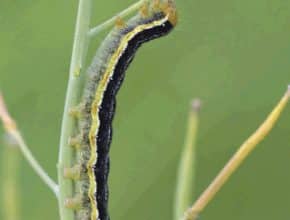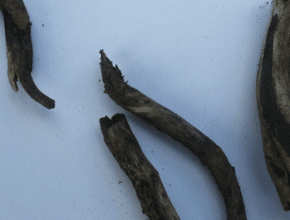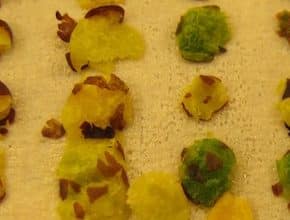This is a companion file for the Canola Diagnostic Tool. The diagnostic tool asks questions to come up with a short list of potential causes for an observed problem in a canola field. The more questions you answer, the more refined the search. Going through this checklist ahead of time will make answering the questions easier and more accurate…
Canola Watch Posts
-
-
Canola faced a wide range of insect threats in 2012, and will likely host a wide selection of insects again in 2013. Effective insect management program includes the understanding that some level of insect presence is OK and can be economically positive when it comes to long-term management. An extensive article this month looks at insect thresholds, and why they’re…
-
Insect economic thresholds represent the break even point for an insecticide spray. Sticking to thresholds will also help preserve a vibrant and economically valuable population of beneficial insects that can naturally keep pest insect populations in the check. This article provides thresholds for all major canola insect pests…
-
-
-
Space is still available for CanoLAB at the Keystone Centre in Brandon, February 28 and March 1. Growers and agronomists from outside Manitoba are welcome to attend, especially given that labs in Saskatoon and St. Albert are sold out…
-
Kristen Phillips returns from mat leave and Autumn Holmes-Saltzman is our new agronomist for Southern Alberta. This month, we say good bye to Derwyn Hammond and Angela Brackenreed…
-
Here is a list of labs that service canola growers in Canada. Labs are organized under the following headings: Soil nutrient analysis, Plant tissue nutrient analysis, Seed quality tests, Disease diagnostic on plant tissue, Soil analysis for clubroot, Herbicide resistant test for weeds, Herbicide carryover in soil, and Pesticide residue in plant tissue…
-
Our focus this month is on the trade shows in Saskatoon, Brandon and Edmonton, and why you should come out and hear presentations from Canola Council of Canada agronomy staff and many others. This is a great month to learn more about what happened in 2012 and how growers and agronomists can use these experiences to prepare for better results…




